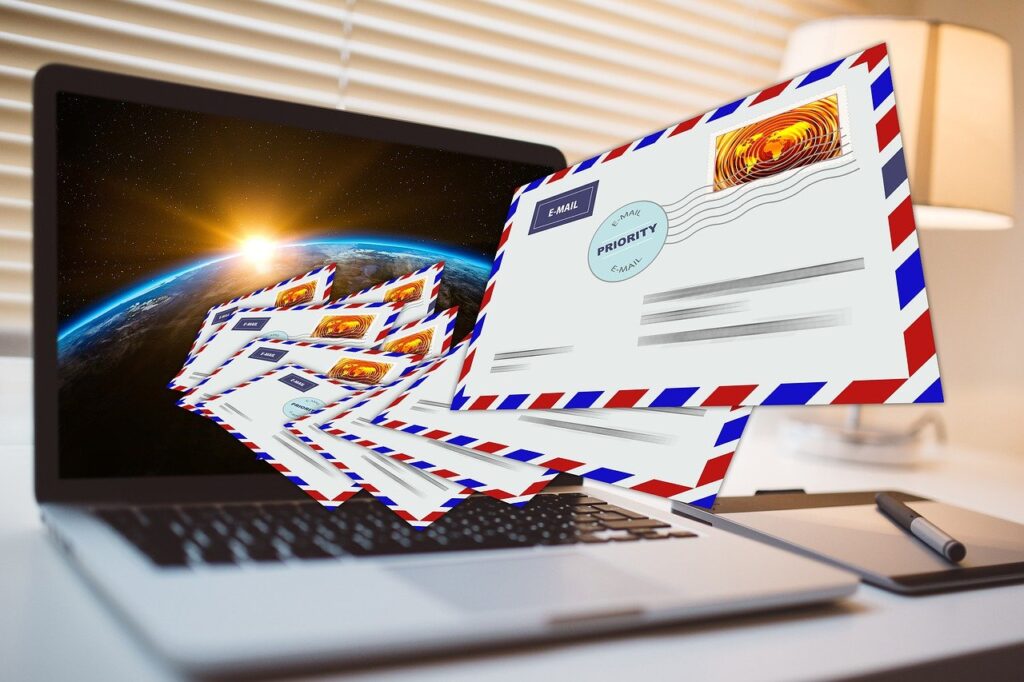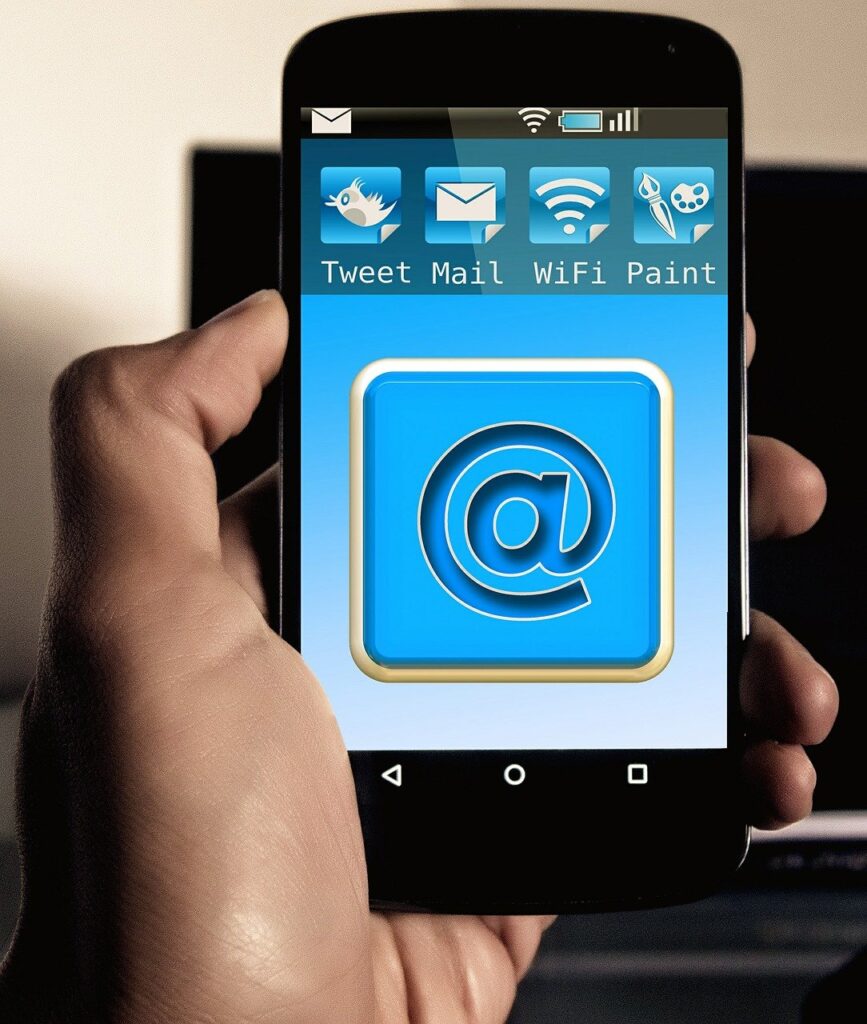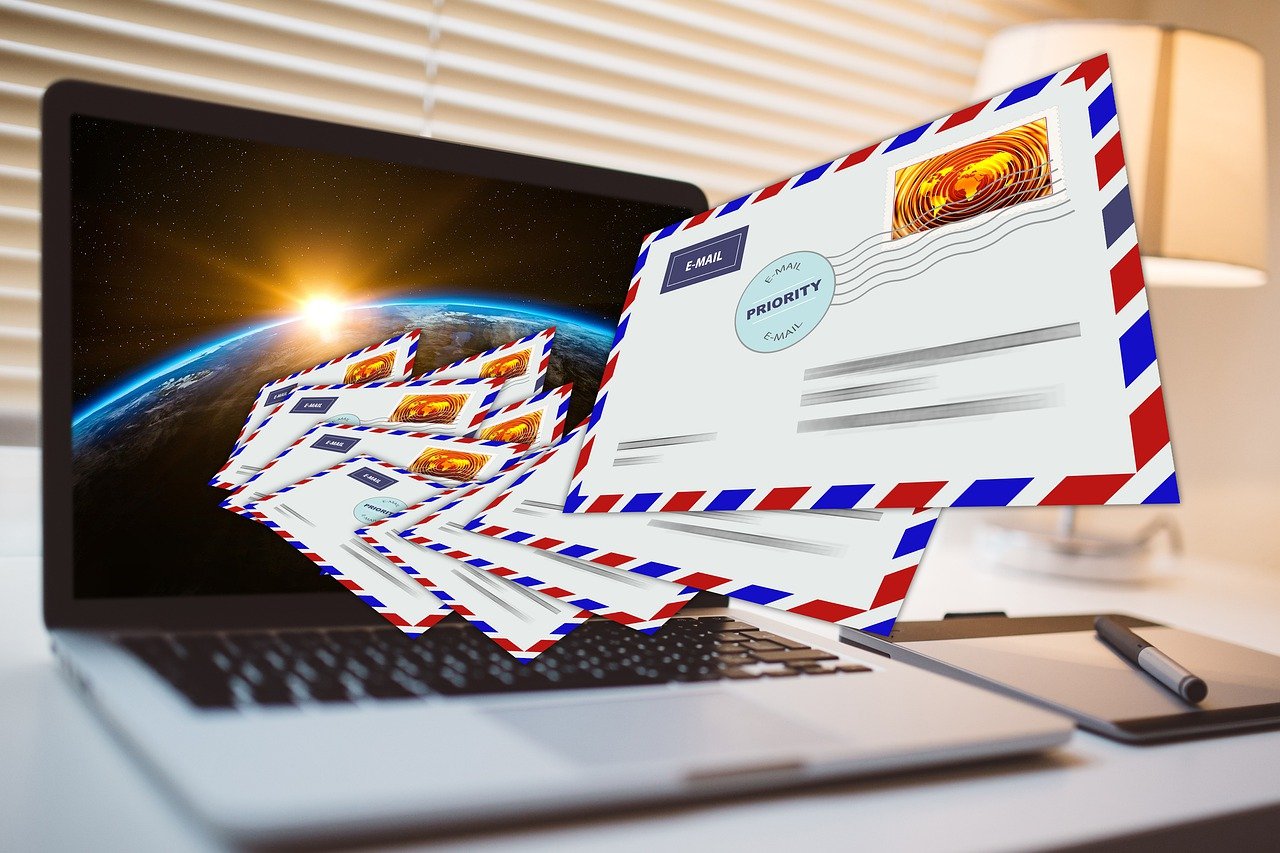Build Relationships with Your Email List

To build a high-quality and high-ROI mailing list, you need to nurture and build relationships with your subscribers. This will ensure that your ideal audience stays on your list, tells others about you, and buys from you. Some people will eventually unsubscribe. Don’t worry. Nurture your mailing list and build relationships to keep a steady stream of new subscribers and your loyal subscribers happy with these tips and strategies.
Email Welcome and Newbie Series
The first message delivered to new subscribers sets the tone. It shows you appreciate and value them. It also sets readers’ expectations and you begin building a relationship, in earnest. Begin by creating a welcome email with your audience’s needs in mind. Explain how being a member benefits them. Since 90 percent of your subscribers will open your welcome email, it’s the best chance you have to strengthen trust in the budding relationship.
- Congratulate and Thank Them – In your welcome email congratulate them for taking the first step to learn more and make meaningful changes. You want them to know that you are behind them all the way and you will help them achieve greater success by sharing what you know. You can help new subscribers feel a connection with you and your business by referring to them (and others) as members… as in “team members,” where everyone is important and works together.
- Deliver Download Incentives – Deliver the link to the download you promised. New subscribers don’t want to read a bunch of stuff before you give them access to their “goodie.” Cut to the chase and provide the link towards the top of the page and again at the bottom in your P.S. The freebie will help to convince them to take other actions.
- Set Expectations – Your welcome email is a good place to mention the benefits of being a member. Tell them approximately, how often they’ll receive emails, what type of emails they’ll get. You’ll sandwich most of the information you include in between the links or calls to action. Don’t bombard new subscribers with too many emails at once. Instead, give them a day or so and start a series of “newbie” emails that are spaced apart. You don’t want them to unsubscribe before they really get started good.
- Be Authentic – Let your personality shine in your emails. If you have a quirky sense of humor, let it show, while still being professional. That’s the key to building relationships. When readers are attracted to your site and join your list, it’s because they’ve seen something they like in the content and/or your tone/style. When you “hide” personality traits, you may unknowingly hide something that would attract even more people to you.
- Provide Clear Directions – Tell members how to accomplish the things you want them to do. For example, if you want them to take a survey, to get to know them better, include that in the directions. If you promised a freebie, explain where to go and how to get it. If you want them to join your online group, tell them where to go and how to join.
- Promote Social Networks – Tell your new subscribers about the social networks you use. Add this email to your “newbie” email series. It’s a good way to educate them and invite them to share a more personal connection with you. The social environment seems more informal. Provide the social links and explain the steps they need to take to like the page and/or join the group.
- Make Email Contact Simple – Don’t hide your contact information in your emails. You want people to be able to hit reply and respond to you. Make it easy for them to ask questions, as well as use the content forms on your website. When you are easy to contact, your audience feels that you really do care and they are important.
While your welcome email is very important, so are the automated emails in the “newbie” series. Take the time to craft a welcome email that covers the most important info that is needed immediately. In your follow-up series, continue to use these 7 tips and ideas to help you build your relationship and trust.

Segmenting Your List
Within every target market, there are sub-segments. The more you can segment your audience the better. Segmentation starts at signup when they want info about a specific topic or solution. For instance, social-media marketing is a subset of a broader niche – marketing. Segmented, or niched down, lists get more opens and clicks because the benefits are very specific to the needs of that subset of subscribers.
- Personal Demographics – Knowing your audience’s demographics can help you segment your list. Some demographics to consider are income, sex, age, gender, location, etc. For B2B audiences, company position, education level, and business type might be helpful.
- Quiz Results – Surveys and quizzes can provide a lot of information as well as fun. For example, if you offer various levels of services or products, you can use a quiz to send them to the right offer. This will segment them based on their answer, and ultimately the type of info or the niche subsection.
- Email Engagement & Behavior – Your subscribers can segment themselves, based on what they click to access. Focus on the people who take action occasionally. Get tougher with people who don’t read or take action. You can remove them from the list, unless they are affiliates, or just set their accounts to “don’t email.” This opens up a spot for someone who actively participates or engages.
- Geography – Use the geo-location demographic if you want to do certain things with people from a specific place. For example, you can target a certain state or city. By focusing certain offers on geography, you can get more responses to local events.
- Purchasing Behavior – When a list member purchases your product, it’s important to move them to a “customer list” or “product list” so they don’t keep getting the same promo to buy something they already have. This helps to move them through to the next level of your sales funnel.
- Spending Behavior – Segmenting by spending behavior is very helpful. Let’s say you offered a high-priced product and some people bought it. Move them to the product list and put them on a price-based list, such as “systems,” for people who make high-priced purchases.
- Their Place in The Buying Cycle – Every customer has a general buying cycle, it goes something like this. Awareness, assessment of competition, alleviation of risk, decision making, and then finally achievement of results, based on the purchase decision. If you know where your audience member is in this cycle, it’s easier to ascertain what type of content to offer, for example a downsell of the item or a similar more affordable product.
- Behavior on Your Website – You can segment your audience by their behavior on your website. Offer various opportunities to your website visitors, including freebie offers, low-cost options, and more. Each choice they make can move them to the right list, if your autoresponder has this option.
- Personal Interests – Knowing your audience’s personal interests can help you provide more relevant solutions as well as meaningful, related, stories and examples. Ask them to check a box identifying an interest, which will trigger them to be added to a specific autoresponder based on the interest selected. Ensure that these interests are related to your niche.
Segment your list using your autoresponder’s technology. Some allow you to build one big list and use tags to segment your list, based on how users sign up, what they buy, as well as other behaviors. Some autoresponders require you to create a list for each scenario and use different methods to get them on the list. However, you do your segmentation; get the best technology you can afford. Some of the best choices are aMember.com, AWeber.com, Drip.com, and Convertkit.com.
